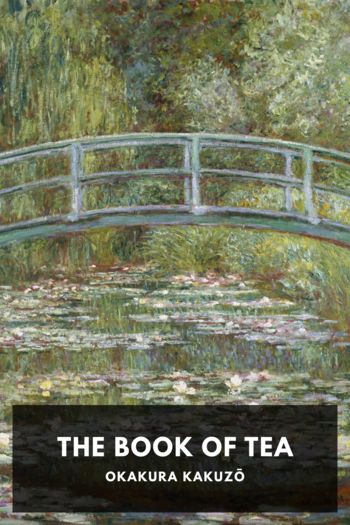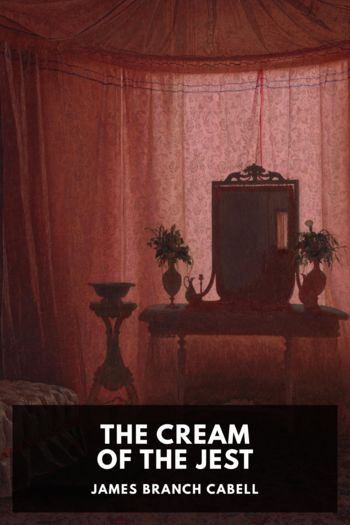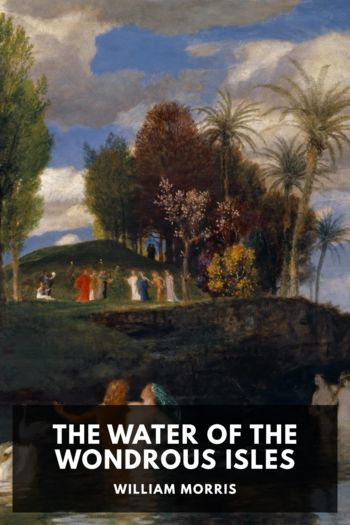Chocolate Sarah Moss (best fantasy books to read .txt) 📖

- Author: Sarah Moss
Book online «Chocolate Sarah Moss (best fantasy books to read .txt) 📖». Author Sarah Moss
CHOCOLATE
Edible
Series Editor: Andrew F. Smith
EDIBLE is a revolutionary new series of books dedicated to food and drink that explores the rich history of cuisine. Each book reveals the global history and culture of one type of food or beverage.
Already published
Curry Colleen Taylor Sen
Cheese Andrew Dalby
Hamburger Andrew F. Smith
Hot Dog Bruce Kraig
Pancake Ken Albala
Pie Janet Clarkson
Pizza Carol Helstosky
Spices Fred Czarra
Forthcoming
Beer Bob Skilnik
Bread William Rubel
Cake Nicola Humble
Caviar Nichola Fletcher
Lobster Elisabeth Townsend
Milk Hannah Velten
Olive Fabrizia Lanza
Pasta Kantha Shelke
Champagne Becky Sue Epstein
Cocktails Joseph M. Carlin
Coffee Jonathan Morris
Corn Linda Murray Berzok
Dates Nawal Nasrallah
Fish and Chips Panikos Panayi
Gin Lesley Jacobs Solmonson
Ice Cream Laura Weiss
Porridge Oliver B. Pollak
Potato Andrew F. Smith
Soup Janet Clarkson
Tea Helen Saberi
Tomato Deborah A. Duchon
Vodka Patricia Herlihy
Whiskey Kevin R. Rosar
Wine MarcMillon
Chocolate
A Global History
Sarah Moss and Alexander Badenoch
REAKTION BOOKS
For Anthony and Kathy
Published by Reaktion Books Ltd
33 Great Sutton Street
London EC1V 0DX, UK
www.reaktionbooks.co.uk
First published 2009
Copyright © Sarah Moss and Alexander Badenoch 2009
All rights reserved
No part of this publication may be reproduced, stored in a retrieval
system, or transmitted, in any form or by any means, electronic,
mechanical, photocopying, recording or otherwise, without the prior
permission of the publishers.
Page references in the Photo Acknowledgements and
Index match the printed edition of this book.
Printed and bound in China by C&C Offset Printing Co., Ltd
British Library Cataloguing in Publication Data
Moss, Sarah.
Chocolate: a global history. – (Edible)
1. Chocolate – History.
2. Chocolate industry.
3. Cookery (Chocolate)
I. Title
II. Series
III. Badenoch, Alexander.
641.3′374-DC22
eISBN: 9781861897039
Contents
1 Inventing Chocolate
2 The Chocolate House
3 The Chocolate Factory
4 The Chocolate Box
Recipes
References
Select Bibliography
Websites and Associations
Acknowledgements
Photo Acknowledgements
Index
1Inventing Chocolate
Chocolate is complicated. The ‘chocolate tree’, Theobroma cacao, grows only within twenty degrees of the equator, only below about 1,000 feet (300 m) in altitude. It requires shade, which must be provided by taller trees, and humidity, and a temperature that remains above sixteen degrees Celsius, all of which mean that it does not grow within thousands of miles of the countries that consume the most chocolate. The tree does not take well to being farmed, and is prone to diseases which destroy entire plantations in a few weeks. It depends on midges, which breed best on the floors of uncultivated rainforests, for pollination. The cocoa bean, a pod which grows out of the tree’s trunk, must be harvested with a carefully wielded machete to avoid damaging the buds from which more beans will grow, and the process of converting the resultant wrinkly pod into the shiny brown bars we eat is longer and more exact than any other in culinary history, involving a mixture of hand-work and high technology which do not exist in the same economy and, ideally, time spent in at least two climates; the warm, damp environment where it grows and the arid heat required for drying. The chocolate we know is intrinsically modern, the product of a world divided between low-paid manual labourand mechanized food preparation, between hungry labourers and sleek consumers, and between the ecologically rich Equatorial nations and the economic powers of Europe and North America. It could not exist, in its familiar form, in any other era.
Cocoa tree.
Mesoamerican Chocolate
In the beginning, then, there was no chocolate. There may have been wild Theobroma cacao trees in Central America before human beings reached that continent – there were, and are, other species of Theobroma – but in any case there is evidence that the tree was domesticated by the earliest civilization of the Americas. Sophie and Michael Coe argue in The True History of Chocolate that there is linguistic if not archaeological evidence linking Theobroma cacao with the Olmec, the people who inhabited the Mexican Gulf Coast between 1500 and 400 BCE. Partly because of the warm and humid climate which created the fertile lands on which this complex culture was based, little material evidence of Olmec life survives, but traces of cacao have since been found on ceramic vessels from Olmec-era, pre-Classic Maya sites in Belize. Descendants of the Olmec, the Izapan, are the mostlikely bearers of cacao to the Maya, whose magnificent cities were established in the cacao-growing lowlands by around 250 CE. It is in the context of the Classic Maya civilization that we begin to encounter the origins of the modern myths of chocolate deployed on wrappers and in the more enthusiastic popular histories.
Cocoa harvest in West Africa — pods being opened with a small machete.
Mayan stone with relief carving depicting the ruler Itzamna sitting on a throne holding a vision serpent.
Both traces and images of Maya cacao consumption survive. Maya writing was decoded in the second half of the twentieth century, and although nearly all of the bark books and codices were destroyed either in the Maya Collapse of the ninth century, when the civilization entered a rapid decline, or by the Spanish in the years following the Conquest, hieroglyphs and pictures on vases attest to cacao use in the Classic era. Many of these vases were found in tests at the Hershey Laboratory in Pennsylvania to contain traces of the chemical theobromine, a component of chocolate that can survive for centuries. Four books survive from the post-Classic era, giving more detail about the first chocolate.
Maya vases depict the harvest, preparation and consumption of chocolate. The beans were picked, fermented and dried near the groves where they grew, after which they could be transported long distances, often up into the highlands, where consumption, at least among the rich, seems to have been untrammelled by distance from the raw material. (The distance between consumers and producers has beenpart of chocolate history from the beginning.) After that, women – it was always women – roasted the beans and then ground them with a pestle, a mano, on





Comments (0)